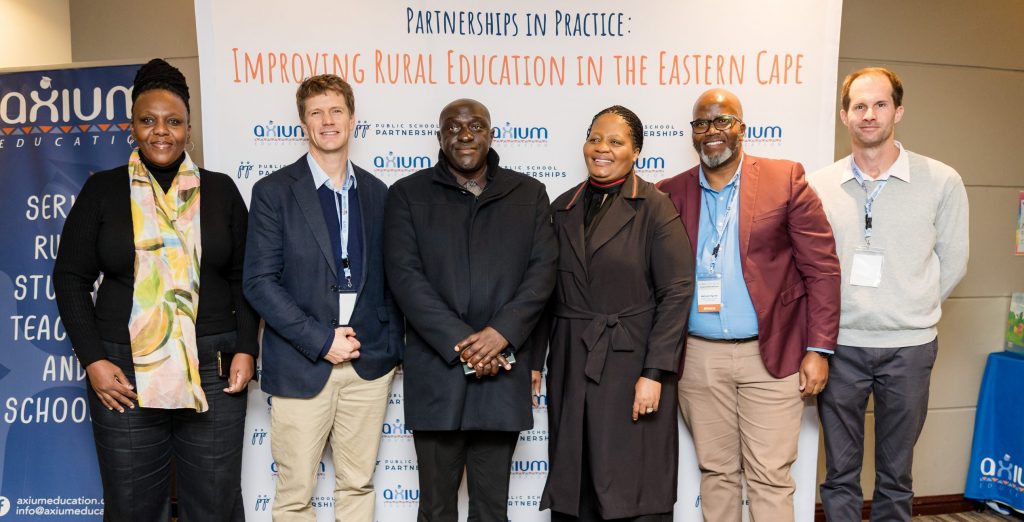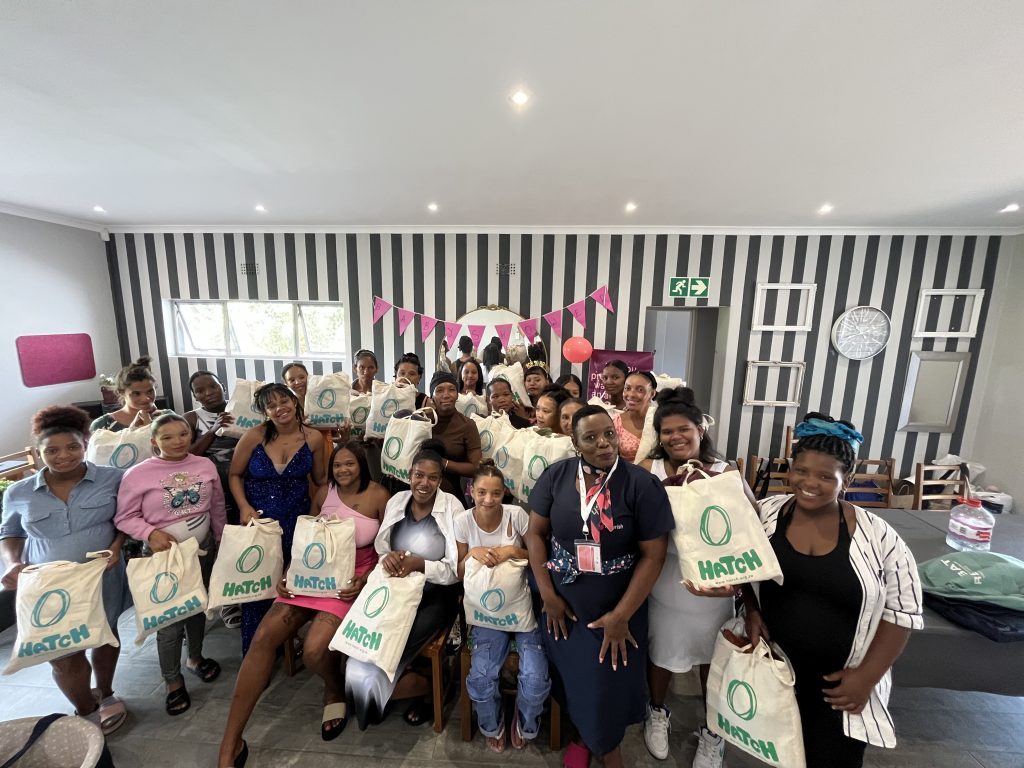“For Axium’s Nobalisa the timing of the pandemic was frustrating: given the promise of the TaRL approach seen in 2019 we had hoped to make real advances in 2020-21.
However, the encouragement from the data is that it is possible to catch children up relatively quickly – at least in the Foundation Phase – and we are hopeful that 2022 will provide us with the data to show this.”
Axium Education’s Nobalisa Programme uses a Teaching at the Right Level (TaRL) approach to advance children’s ability to read in the first four years of school. The Nobalisa (young people from local communities who are trained as literacy instructors) work with about 2000 children across two education districts, with another 400 children to be added during the course of 2022. The COVID-19 pandemic had a devastating impact on children’s learning worldwide, and our children were no different.
This blog looks at our Early Grade Reading Assessment (EGRA) and TaRL data to build a sense of how rural children in the Eastern Cape were affected.
In the TaRL approach children are grouped in different Levels (from Beginner to Story) so that they receive targeted instruction that matches where they are in their reading journey. These quick, informal assessments are done 3-4 times a year and children are regrouped accordingly so that a progression can be tracked. In Figures 1-4 this progression can be seen for 2019 (when TaRL was first introduced) through to the start of 2022. Note how over the course of 2019, pre-pandemic, there is a steady reduction in the number of children at the Beginner Level, and a pleasing growth in the number of reading at the Story Level. In contrast, during 2020 children barely moved from Term 1 to Term 3. 2021 is better, reflecting that most schools returned to “normal” schooling mid-year, but still not at pre-pandemic levels. The good news is that the start of 2022 looks promising, with about 30% fewer children in the Beginner Level than in 2019.
Fig 5: The percentage of Grade 3 children “on track” (EGRA)
If TaRL assessments give us an indication of learner progression within a year, the EGRA informs us of progress across years and is useful because it is increasingly being used by researchers across South Africa.
“Benchmarking early grade reading skills in Nguni languages” (Ardington et al, 2019) provided us with a set of reading benchmarks that enable us to know whether children were “on track”, as well as comparison data for children learning to read isiXhosa elsewhere in the country (the blue bar in Figure 5). As can be seen above, there was some progress in 2018 and 2019, but the effects of the pandemic were pronounced, with roughly half the number of children “on track” than in previous years. When compared with children elsewhere (blue bar, 2019, i.e. pre-pandemic) it is encouraging to note that our children fared better, even during the highly disrupted 2021.

The results above reflect a similar story to what has been seen elsewhere. For example, in the Western Cape systemic assessments, there was a 3.6% decrease in Grade 3 isiXhosa on average from 2019 to 2021 (Hoadley et al., 2022).
For Axium’s Nobalisa, the timing of the pandemic was frustrating: given the promise of the TaRL approach seen in 2019 we had hoped to make real advances in 2020-21.
However, the encouragement from the data is that it is possible to catch children up relatively quickly – at least in the Foundation Phase – and we are hopeful that 2022 will provide us with the data to show this. We all need more good news!




